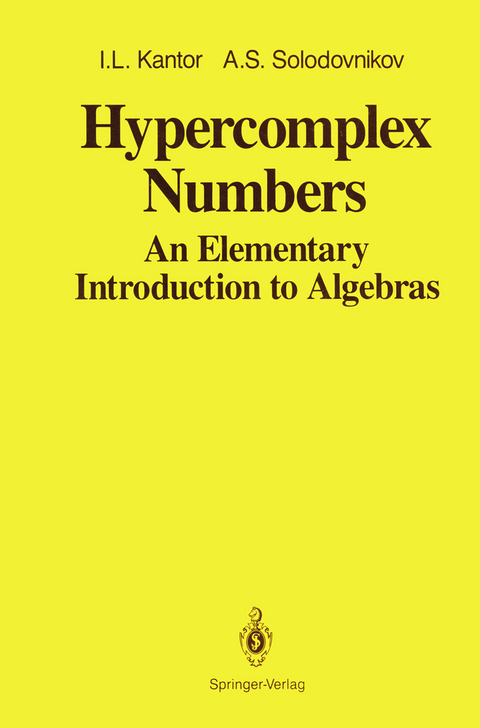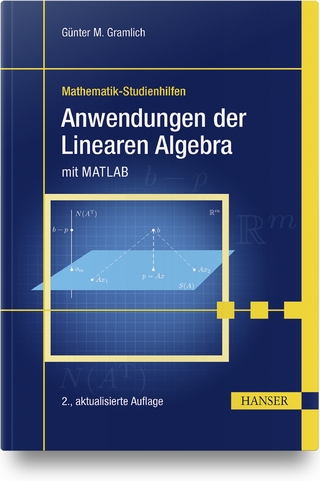
Hypercomplex Numbers
Springer-Verlag New York Inc.
978-1-4612-8191-7 (ISBN)
I Hypercomplex Numbers.- 1 Complex Numbers.- 2 Alternate Arithmetics on the Numbers a + bi.- 3 Quaternions.- 4 Quaternions and Vector Algebra.- 5 Hypercomplex Numbers.- 6 The Doubling Procedure. Cayley Numbers.- 7 Algebras.- II N-Dimensional Vectors.- 8 The N-Dimensional Vector Space An.- 9 A Basis of The Space An.- 10 Subspaces.- 11 Lemma on Homogeneous Systems of Equations.- 12 Scalar Products.- 13 Orthonormal Basis. Orthogonal Transformation.- III The Exceptional Position of Four Algebras.- 14 Isomorphic Algebras.- 15 Subalgebras.- 16 Translation of the “Problem of the Sum of Squares” into the Language of Algebras. Normed Algebras.- 17 Normed Algebras with an Identity. Hurwitz’s Theorem.- 18 A Method for Constructing All Normed Algebras and Its Implications for the Problem of the Sum of Squares.- 19 Frobenius’ Theorem.- 20 Commutative Division Algebras.- 21 Conclusion.- 22 Notes.
| Übersetzer | Abe Shenitzer |
|---|---|
| Zusatzinfo | X, 169 p. |
| Verlagsort | New York, NY |
| Sprache | englisch |
| Maße | 155 x 235 mm |
| Themenwelt | Mathematik / Informatik ► Mathematik ► Algebra |
| ISBN-10 | 1-4612-8191-1 / 1461281911 |
| ISBN-13 | 978-1-4612-8191-7 / 9781461281917 |
| Zustand | Neuware |
| Haben Sie eine Frage zum Produkt? |
aus dem Bereich


